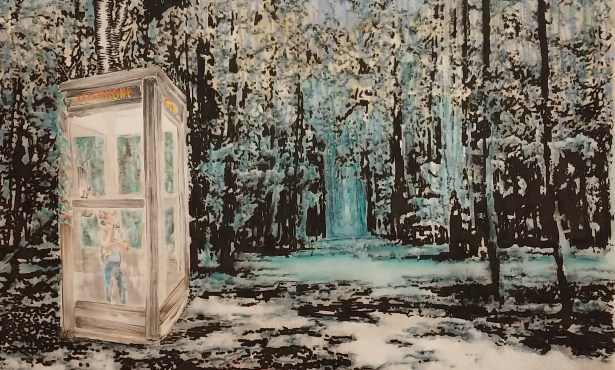Kay Jamison Talks ‘An Unquiet Mind’
Author Addresses Positive Solutions to Mental Illness
Madness and artistry have long been firmly held tropes in the arts. Mark Rothko famously painted a black canvas before he committed suicide; Whitney Houston battled mental illness until her death. Studies have shown correlations between mental illness, genealogy, and creativity. That said, what can be done to quell the destructive consequences that can arise from unmanaged illness?
Kay Redfield Jamison, author of An Unquiet Mind: A Memoir of Moods and Madness, visited the Santa Barbara Central Library last week to address positive solutions. She writes about experiencing bipolar disorder in her book, detailing her wonderful bursts of imaginative projects as well as the debilitating depressions that punctuated these thrills.
“The depressive brain is obsessive, ruminative, and highly self-critical,” Jamison said. Artists tend to be “writing and rewriting.” But many resist using medication, feeling it would alter their production. Jamison herself struggled with taking medication. “Three-fourths of artists say they are productive or more productive before treatment,” she said. However, the risks of going without treatment are dire. What will suffer, Jamison said, is the illness itself, which will worsen, along with relationships, productivity, and creativity. Opiates and self-administered drugs such as alcohol and marijuana only exacerbate the condition. For treating bipolar disorder, Jamison said, “Lithium has a very good track record for preventing suicide.” It serves the brain long-term and has neuroprotective effects.
Some artists do find feeling deeply to be the core of their art, which often encompasses extreme highs and lows. Overall, Jamison’s lecture provided insightful research that we could use to better inform our medical decisions.



